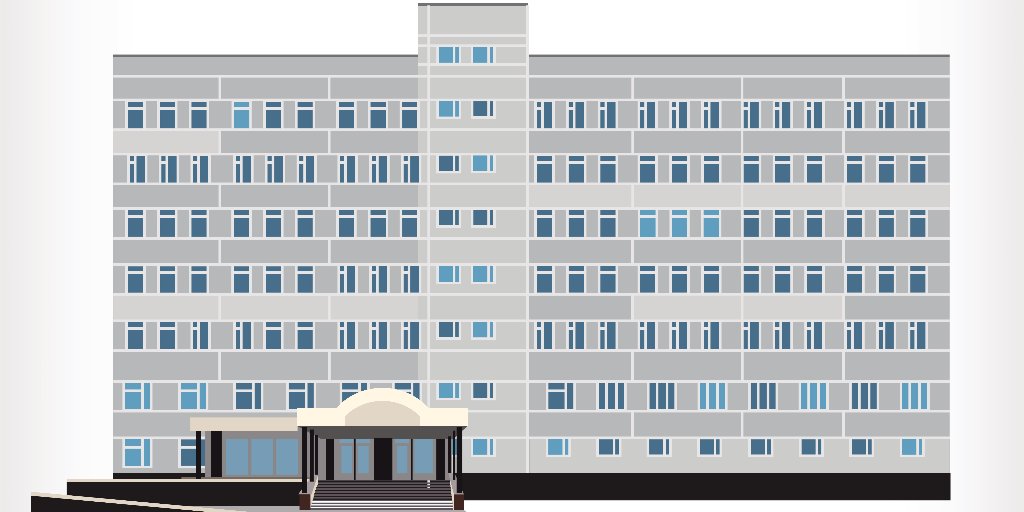
Principal Investigator (PI)



The Foundation is providing £281,838 in support.
Douglas Paton
Douglas Paton
This project will strongly benefit from the considerable expertise at GSK in medicinal chemistry and Plasmodium infections, including:
1) HPLC/MS facilities and expertise.
2) the availability of a large library of compounds with known antimalarial activity.
3) the vast experience in drug metabolism and pharmacokinetics studies.
4) the availability of fully functional insectary and mosquito infection facilities.
These contributions will be critical to the success of this project and for the future implementation of our strategy in malaria settings.
This project proposes a novel strategy for malaria control, based on exposing Anopheles mosquitoes to chemotherapeutics to kill malaria parasites during their sporogonic development (i.e. development within the mosquito vector). Even though human therapeutic drugs and conventional insecticide treated LLINs are routinely used in malaria control strategies, the combination of the two approaches is a radically novel concept. Importantly, ATQ is the primary component of malarone, a prophylactic drug used for travelers to malaria endemic countries. Protection of the efficacy of ATQ as a human therapeutic is of primary importance and as such ATQ may not be a suitable ingredient for a bed net or other mosquito-targeting antimalarial intervention. Thus, a crucial step in developing this concept is the identification of additional compounds with comparable ? or superior ? transmission blocking activity through tarsal contact. To accelerate discovery in this space it is essential to characterize the physicochemical properties necessary for compound uptake via the mosquito tarsi, as only limited data is available in Anopheles mosquitoes. Additionally, the identification of a diverse panel of compounds with different mode of action (MoA) is key to delay or prevent the emergence of parasite resistance by using combinations of drugs, thereby ensuring the long-term sustainability of this approach. Therefore, in this project we will 1) determine the key factors underlying chemical tarsal uptake to allow the in silico selection of a panel of antimalarial compounds with high probability of penetrating the mosquito cuticle, and 2) test these selected compounds for their ability to kill the mosquito stages of P. falciparum parasites in vivo.
By the end of this 2-year project we will have greatly expanded our understanding of the mechanisms underpinning mosquito uptake of antimalarial compounds, the process crucial to our novel malaria transmission blocking strategy, and we will have identified new active ingredients that can be used in this strategy and will codify the path from lab development to end-user. Further studies will then focus on the developability of these compounds, on determining compound MoA when unknown, on testing the possible evolution of parasite resistance and how to counteract it, and on determining compound ability to interrupt ongoing sporogony in established mosquito infections. Combined, these goals represent the crucial first steps in a new technology with significant promise for the reduction of malaria transmission and the drive to eradicate this deadly disease.